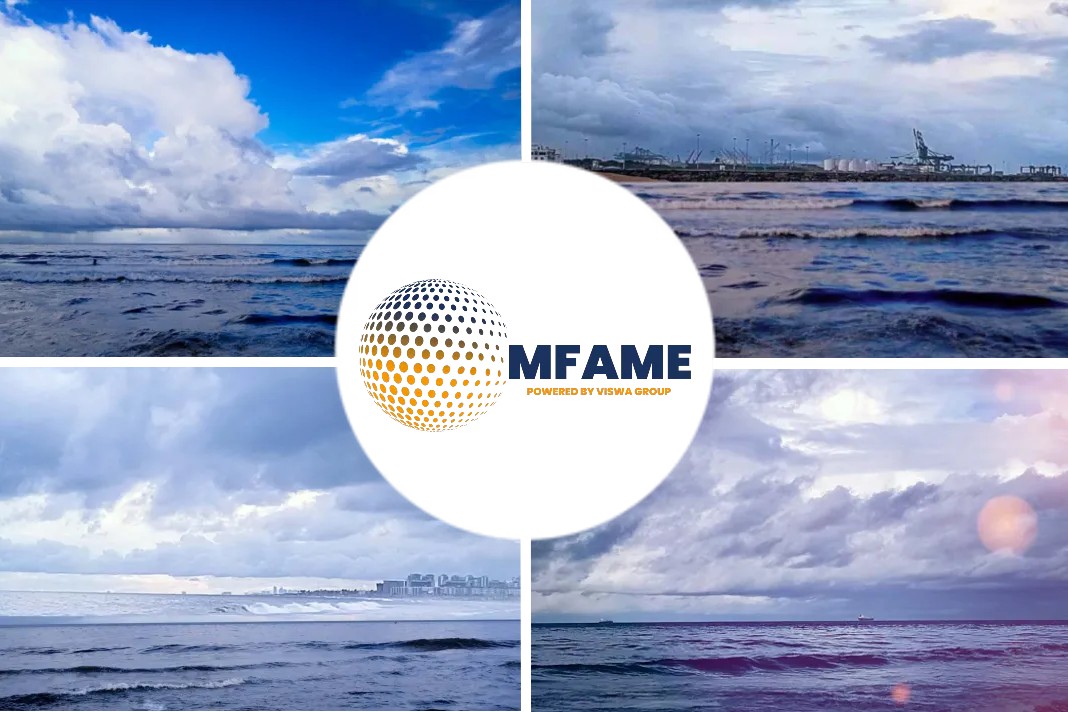Despite the overall supply of marine fuel 0.5% in Singapore remaining tight for the rest of December, downstream premiums to the cargo market have weakened as demand has also reduced towards the end of the year, says Platts Market Insight article.
Bunker demand
With sufficient supply in the high sulfur fuel oil market in Singapore to meet bunker demand, premiums are expected to hold steady in mid-December, according to bunker suppliers here.
ICE Brent futures contract
Morning discussions for the February ICE Brent futures contract were trading at $76.10/b at 0215 GMT Dec. 13, up from the 0830 GMT Dec. 10 level of $74.26/b, Intercontinental Exchange data showed.
Marine fuel 0.5%
- Discussions for the Singapore marine fuel 0.5%S January/February spread Dec. 13 stood at $13.75/mt, with the spread bid at $11.75/mt against an offer at $14.50/mt, according to Intercontinental Exchange data.
- In North Asia, Japan’s marine fuel 0.5%S supply is expected to tighten further as Eneos suspended taking fresh orders in Tokyo Bay.
- The refiner had low stocks as transportation of fuel oil components was delayed, market sources said. It is unclear when the refiner resumes taking fresh orders. Japanese refiners stop taking orders around Dec. 20 before the year-end/new-year holiday.
- Bunker supply in Zhoushan is expected to remain sufficient. A bunker trader said demand in December was slower than November, probably because of the global pandemic situation.
- Hong Kong marine fuel 0.5%S is likely to remain well-supplied in December despite supply tightness in Singapore, which is the cargo source of Hong Kong bunker.
- Bunker suppliers said there was sufficient supply, while demand was weak after the government tightened its regulation for ships entering into Hong Kong waters for bunkering only.
- In Singapore according to industry sources, the tightness in upstream low sulfur fuel oil inventories has firmed ex-wharf premiums for term supply in December, while buyers defer term contractual demand and settle for smaller parcels of spot ex-wharf cargoes to meet downstream requirements.
- The rising cost of ex-wharf cargoes has chipped away at margins in the bunkering business, as differentials of Singapore-delivered marine fuel 0.5%S against the ex-wharf grade narrow steadily amid softening downstream demand during the festive month of December, traders said.
- The scarcity of blending components for the low sulfur fuel oil bunker pool has supported Fujairah ex-wharf marine fuel 0.5%S premiums done for term supply in December amid the higher procurement costs, but buyers expect the “inflated” ex-wharf cargo premiums to inch lower due to the bleak outlook for downstream bunker demand during December ahead of the year-end holidays, market sources said.
High sulfur fuel oil
- Discussions for the December 380CST high sulfur fuel oil January/February spread were stable Dec. 13 at minus $0.75/mt compared with the Dec. 10 assessment at the same level, according to Intercontinental Exchange data.
- The port of Singapore is well-supplied with 380 CST high sulfur fuel oil bunkers as market sources estimated ample inventory levels to match the volume of downstream bunker requirements, according to market sources.
- Sentiments over Singapore HSFO bunker sales for the rest of the year remain buoyant as the wide spreads between the low and high sulfur fuel oil bunker grades, especially since November, is expected to spur “healthy growth” in scrubber investments, said industry sources.
- Demand for HSFO bunkers has been relatively subdued since December since shipowners are topping up smaller volumes at Fujairah while maximizing their requirements at the port of Singapore, leading suppliers to offer Fujairah-delivered 380 CST HSFO at competitive rates to capture the limited demand, traders said.
- In North Asia, Japan’s high sulfur bunker supply is expected to remain tight as well as the low sulfur grade until February because of strong demand from power utilities.
- South Korea and Hong Kong are likely to see a sufficient supply of high sulfur bunker fuel, market sources said.
Did you subscribe to our daily newsletter?
It’s Free! Click here to Subscribe!
Source: Platts
























